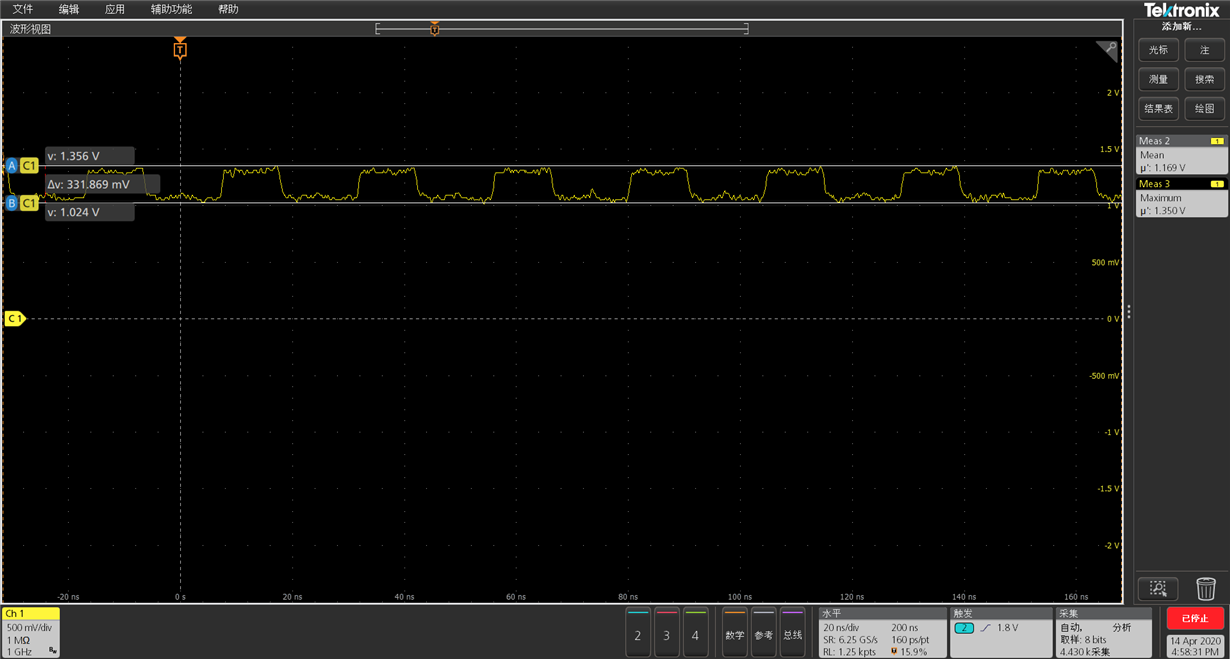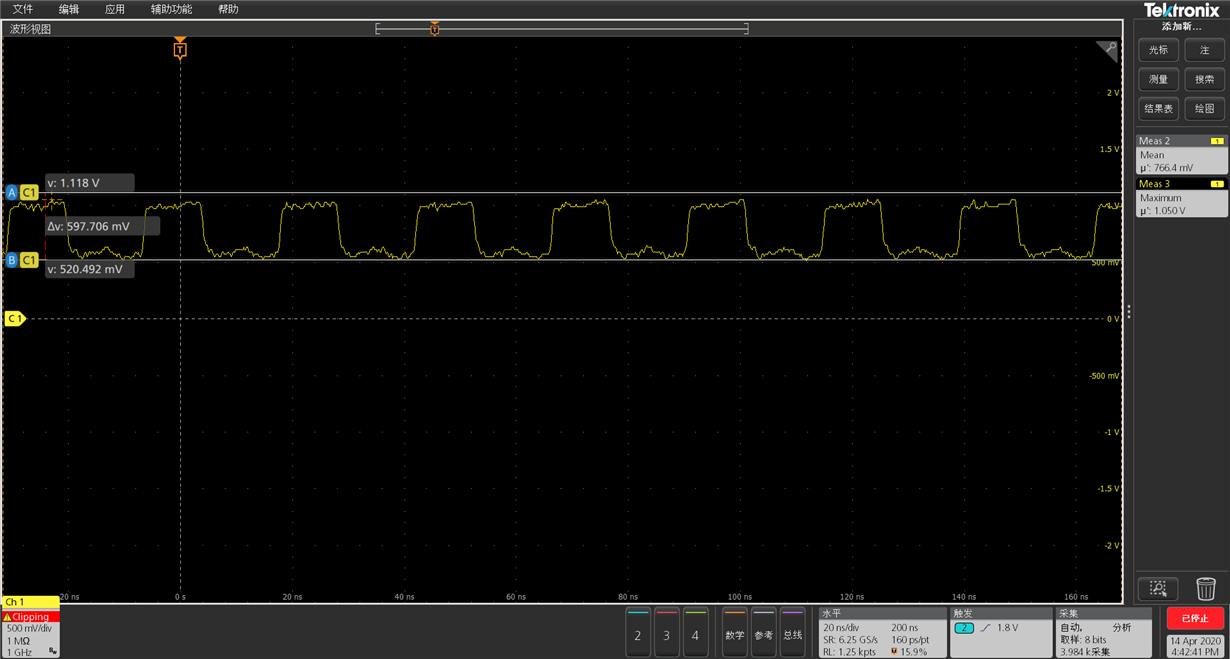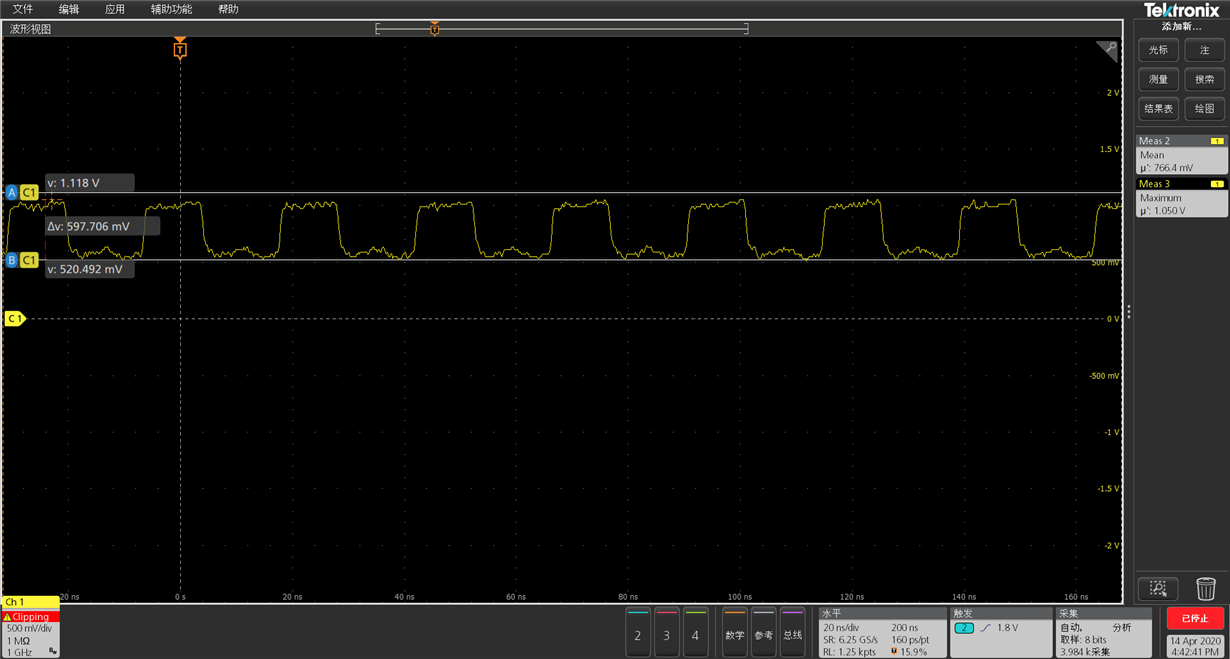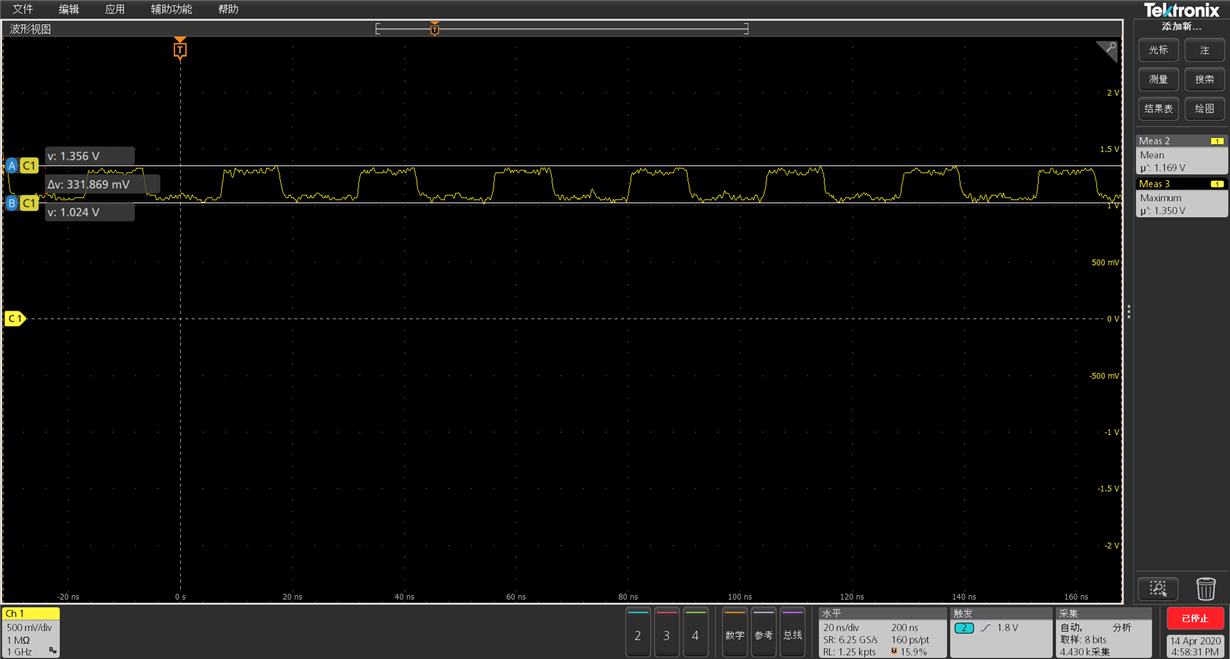Dear All
| step1. 0x34[1:0]=01 //port0 |
| step2. 0x4B[1:0]=11 |
| step3. 0x34[1:0]=10 //port1 |
| step4. 0x4B[1:0]=11 |
At the same time we investigated the value of the current register
| Addr = 0x34 , Value = 0x02 |
| Addr = 0x4B , Value = 0x03 |
Will the default parts of 0x34 & 0x4B affect Vos?









